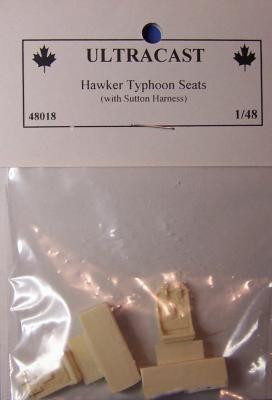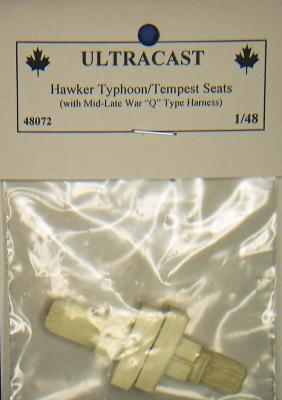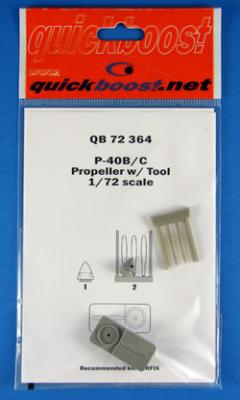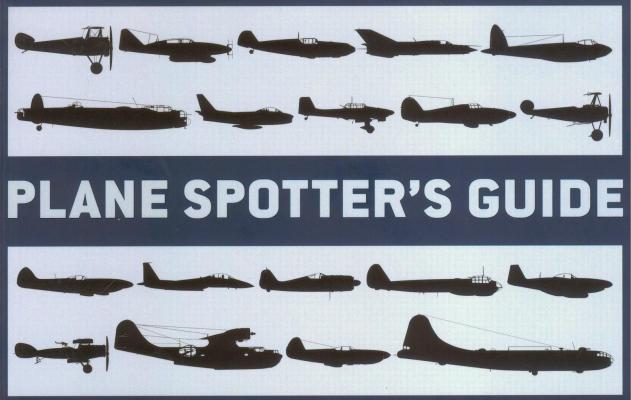The Product:
Attached to apiece of folded card-stock in a simple zip-lock poly bag, I found a pair of finely cast resin seats. The detail and quality is simply amazing. And is just what the Doctor ordered to cure the ho-hum kit seat part syndrome. The seat is correctly fitted out with the Sutton harness and backrest cushion, the rolled pan and tube seat construction is faithfully represented.
Some people prefer ‘photo etch belts’ vs. the ‘cast in mold’ harness belts, and of course this is just my opinion, but I like the molded harness belts a lot better, and for several different reasons, plus when they look like these do I’m a very happy camper.
The Bottom Line:
Awesome product I give it a 5 star rating. I highly recommend it to anyone at any skill level.
Thanks:
My Thanks to ULTRACAST and to IPMS for allowing me the chance to inspect and review such a fine item.















